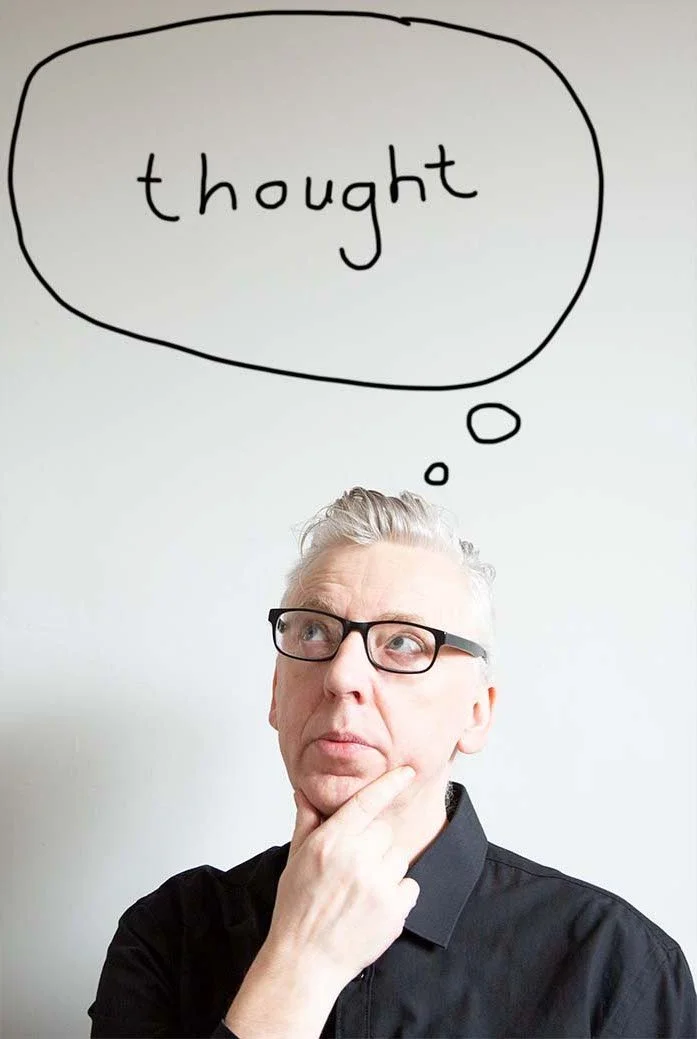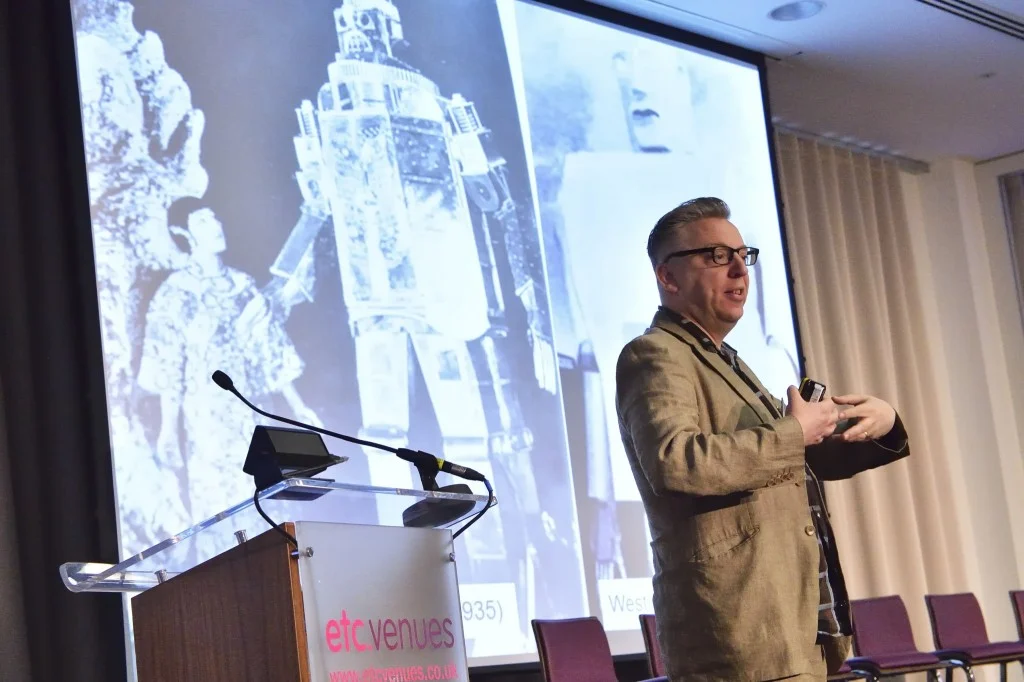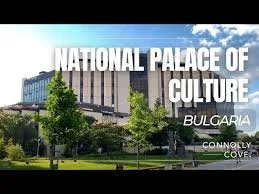
How To Train An Empath
Lessons From A Professional Mindreader
Stuart nolan
Stuart Nolan is a researcher, performer, speaker and facilitator whose work lies at the intersection of empathy, illusion, and embodied intelligence.
With a unique background spanning theatrical magic, neuroscience, interactive media, and design, he has spent more than forty years exploring how we sense, influence, and connect with one another, often through techniques that seem inexplicable until they are experienced, but are grounded in psychology and physiology.
As a NESTA Fellow in Applied Magic, Stuart was an early pioneer in applying techniques from stage magic to interactive media, leadership training, healthcare, and technology innovation.
He has worked with dozens of organisations, from GoogleX and the NHS to the BBC and the Library of Congress. His Empathy Training methods - rooted in embodied, physical interaction - have been tested in hospitals, boardrooms, museums, and festivals across the world.
Stuart also designs unforgettable keynotes and immersive experiences for public and private events, incorporating skilled conjuring with original technologies, including a mind-reading robot bird, an AI that believes in magic, and a device that renders your arm invisible.
His work has been featured on BBC Click, The Guardian, Wired, Deutsche Welle, at the 2015 Venice Biennale, and he has given three TEDx talks.
How To Train An Empath: Lessons from a Professional Mindreader
What if empathy wasn’t just a feeling, but a skill you could train?
In this remarkable book, professional mindreader, scientist, and trainer Dr Stuart Nolan shares the secrets of his unique empathy training method, developed over decades of working with businesses, artists, scientists, and communities around the world.
Blending psychology, performance, play, and physical interaction, Nolan reveals how empathy can be made tangible—read in a gesture, felt in a movement, drawn on a page, or found by following another’s body through space.
You’ll discover how simple materials—paper, pens, thread, paperclips—can spark profound experiences of connection. You’ll explore games and exercises drawn from magic, theatre, and cognitive science. And you’ll hear from participants who’ve used these techniques to change how they lead, collaborate, communicate, and create.
The book proposes a Threefold Model of Empathy that challenges prevailing ideas of what empathy is and suggests ways to tackle the challenges of emerging technology and divisive politics.
This is not a book of theory. It is a guide to practice. Whether you’re a facilitator, educator, artist, business leader, or simply someone who wants to connect more deeply with others, How To Train An Empath will change how you see empathy—and what you do with it.
i do this…
-

empathy training
-

consulting
-

performing
-

speaking
some of my lovely clients





























